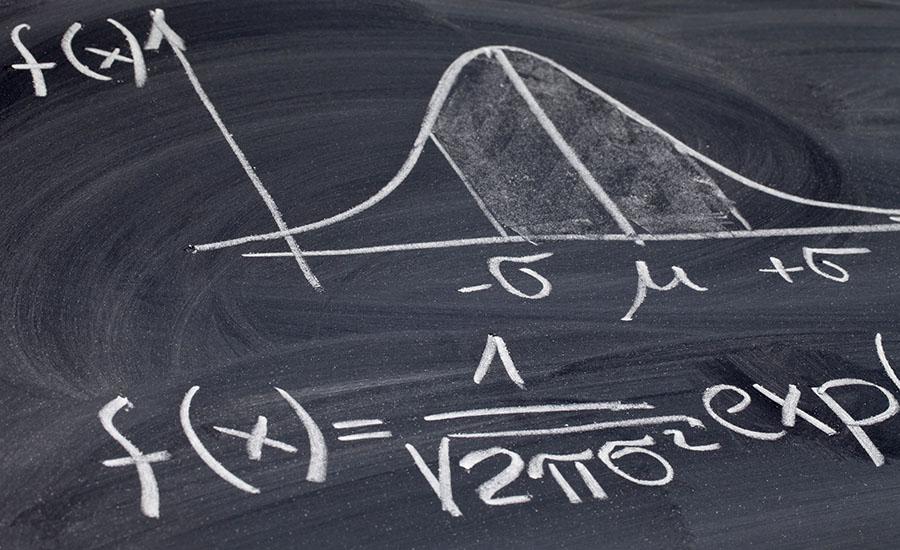
Roller Coaster- Conservation of Total Mechanical Energy
This lesson will provide students with hands-on experience to design a roller coaster that will demonstrate transformation and conservation of mechanical energy. Students will learn the concept of gravitational potential energy, kinetic energy, and friction through an engaging activity of building a roller coaster. This will hone students thinking and collaboration skill as they will be given opportunities to modify and communicate their work. Furthermore, students will be exposed to collecting data such as measuring mass, distance, time, velocity and the like.
Lesson Plan Link/URL
https://docs.google.com/presentation/d/1Ot1UblY48VIsCQwjAKa2Pd9vrOXqKxox/edit?u…Subject Area
Science Physical Science P4: Energy Transfer Engineering S2: Apply the Engineering Design Process S3: Apply Mathematics to Engineering S4: Apply Science to Engineering Mathematics Measurement and Data (MD) The Number System (NS) English Language Arts (ELA) Reading (Informational Text) Writing Speaking & ListeningRelated Content

The students design and test a catapult using simple materials like popsicle sticks and rubber bands. They learn about the history of catapults and also about the physical science concepts related to

After learning about solar, students will create a solar-powered device that can be used by the community. Students work in groups to engineer a device and present the final product to the class.

In this lesson the students will apply the knowledge of thermal energy to design, build and test a container that keeps cold beverages cold.